-
 bitcoin
bitcoin $122288.232522 USD
0.16% -
 ethereum
ethereum $4480.662914 USD
-0.22% -
 xrp
xrp $2.962747 USD
-2.32% -
 tether
tether $1.000120 USD
-0.05% -
 bnb
bnb $1145.654223 USD
-2.07% -
 solana
solana $227.105217 USD
-1.67% -
 usd-coin
usd-coin $0.999548 USD
-0.02% -
 dogecoin
dogecoin $0.250875 USD
-2.04% -
 tron
tron $0.340654 USD
-0.49% -
 cardano
cardano $0.837968 USD
-2.52% -
 hyperliquid
hyperliquid $48.960449 USD
0.06% -
 chainlink
chainlink $22.049280 USD
-1.33% -
 ethena-usde
ethena-usde $1.000404 USD
0.02% -
 sui
sui $3.586212 USD
0.20% -
 avalanche
avalanche $29.894916 USD
-4.18%
How do I verify transaction details in Coinbase Wallet?
Verify transactions in Coinbase Wallet by checking addresses, confirmations, fees, and using blockchain explorers to ensure accuracy and security.
Sep 25, 2025 at 10:00 pm
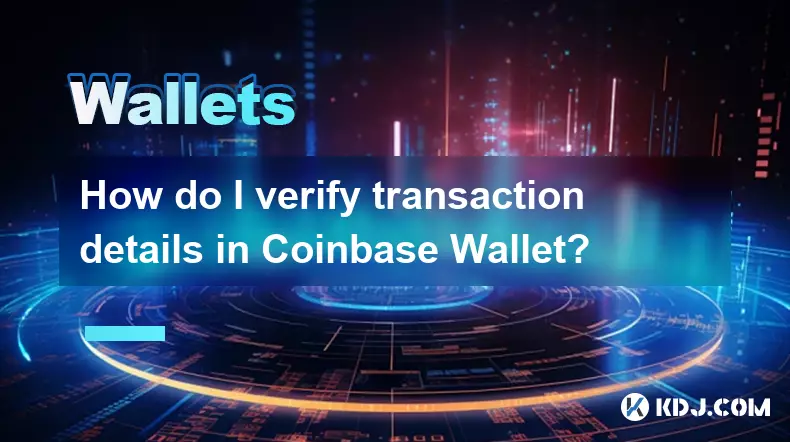
Understanding Transaction Verification in Coinbase Wallet
1. Open the Coinbase Wallet application on your mobile device and navigate to the transaction history section. Each completed transaction is listed with a timestamp, amount, and status indicator. Tap on any transaction to view its detailed breakdown.
2. Check the sender and receiver wallet addresses displayed within the transaction details. These are long alphanumeric strings that represent the public keys involved in the transfer. Ensure they match the expected parties by comparing them character by character or using a QR scanner if available.
3. Look for the network confirmation status. Transactions on blockchain networks require confirmations from miners or validators. The app typically shows how many confirmations have been recorded. A higher number indicates greater reliability, especially for larger transfers.
4. Review the gas fee or network fee associated with the transaction. This value varies depending on network congestion and transaction complexity. An unusually high or low fee may signal an error during submission or potential manipulation.
5. Use the “View on Blockchain Explorer” option provided in the transaction detail screen. This redirects to a third-party explorer like Etherscan for Ethereum-based transactions. There, you can independently verify data such as block inclusion, nonce, and execution status.
How to Confirm Address Authenticity
1. When sending funds, always double-check the recipient’s address before confirming. Even one incorrect character can result in irreversible loss of assets. Utilize the built-in address book feature to save frequently used addresses securely.
2. For added security, initiate a small test transaction first when dealing with new addresses. Once confirmed successfully, proceed with the full amount. This minimizes risk exposure in case of input errors or phishing attempts.
3. Enable biometric authentication within Coinbase Wallet settings. This ensures that only authorized users can approve outgoing transactions, reducing the chance of unauthorized access leading to fraudulent verifications.
4. Be cautious of copy-paste functions across apps. Malware on some devices has been known to alter clipboard content, replacing legitimate addresses with malicious ones. After pasting, manually inspect the full address at least twice.
5. Consider using domain-based naming systems like Ethereum Name Service (ENS). Instead of raw addresses, you can send funds to human-readable names ending in .eth, which resolve to correct wallet addresses after validation.
Analyzing On-Chain Data Through External Tools
1. Copy the transaction hash (also known as TXID) from the Coinbase Wallet interface. It usually appears as a long hexadecimal string and serves as a unique identifier for the transaction across the network.
2. Paste this hash into a blockchain explorer corresponding to the network used—Etherscan for Ethereum, Solana Explorer for Solana, etc. The page will load all technical details including timestamps, involved contracts, token transfers, and internal operations.
3. Examine the “From” and “To” fields on the explorer page. Discrepancies between these and what's shown in Coinbase Wallet could indicate spoofing or UI manipulation. Legitimate transactions should display identical information across both platforms.
4. Investigate the transaction’s interaction with smart contracts if applicable. Some transactions involve more than simple token transfers—they might trigger decentralized finance protocols, NFT mints, or staking actions. Understanding these helps assess whether the intended operation executed correctly.
5. Monitor for failed transactions indicated by a “Reverted” status or zero-value outputs. These consume gas but do not complete the desired action. Common causes include insufficient balance, slippage tolerance exceeded, or contract logic rejection.
Frequently Asked Questions
What does a pending transaction mean in Coinbase Wallet? A pending transaction indicates that the network has not yet confirmed the transfer. It remains in the mempool until miners or validators pick it up. High network traffic may delay confirmation times significantly.
Can I cancel a transaction once it’s sent? No, blockchain transactions cannot be canceled after broadcast. If the transaction is stuck, some wallets support replacing it with a higher fee version (RBF), though Coinbase Wallet does not currently offer this functionality.
Why does my transaction show different values on the blockchain explorer? Differences may arise due to token decimals, exchange rate fluctuations at time of record, or inclusion of additional fees not visible in the wallet UI. Always cross-reference units and conversion rates carefully.
Is it safe to share my transaction hash publicly? Yes, sharing a transaction hash is safe. It is a public identifier and reveals no private information. However, avoid disclosing patterns of activity that could compromise financial privacy or security.
Disclaimer:info@kdj.com
The information provided is not trading advice. kdj.com does not assume any responsibility for any investments made based on the information provided in this article. Cryptocurrencies are highly volatile and it is highly recommended that you invest with caution after thorough research!
If you believe that the content used on this website infringes your copyright, please contact us immediately (info@kdj.com) and we will delete it promptly.
- BlockDAG, DOGE, HYPE Sponsorship: Crypto Trends Shaping 2025
- 2025-10-01 00:25:13
- Deutsche Börse and Circle: A StableCoin Adoption Powerhouse in Europe
- 2025-10-01 00:25:13
- BlockDAG's Presale Buzz: Is It the Crypto to Watch in October 2025?
- 2025-10-01 00:30:13
- Bitcoin, Crypto, and IQ: When Genius Meets Digital Gold?
- 2025-10-01 00:30:13
- Stablecoins, American Innovation, and Wallet Tokens: The Next Frontier
- 2025-10-01 00:35:12
- NBU, Coins, and Crypto in Ukraine: A New Yorker's Take
- 2025-10-01 00:45:14
Related knowledge
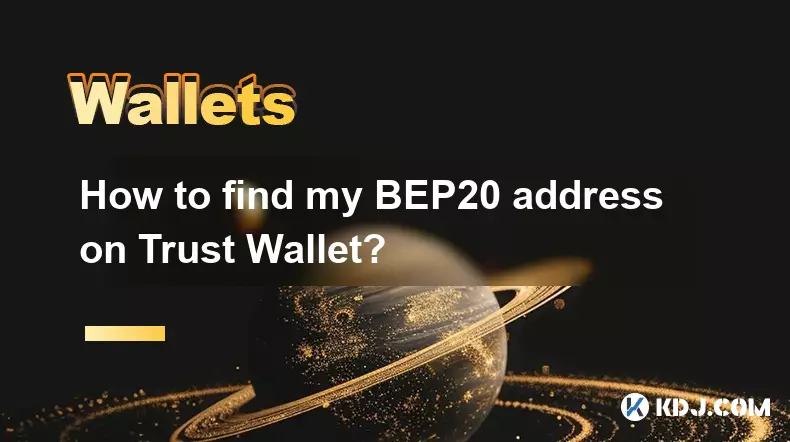
How to find my BEP20 address on Trust Wallet?
Oct 04,2025 at 06:19pm
Understanding BEP20 and Trust Wallet Compatibility1. Trust Wallet is a widely used cryptocurrency wallet that supports multiple blockchain networks, i...
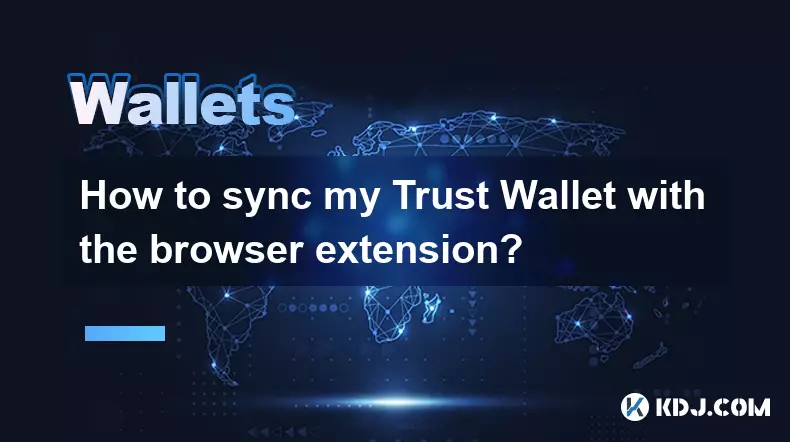
How to sync my Trust Wallet with the browser extension?
Oct 03,2025 at 06:19pm
Understanding Trust Wallet and Browser Extension IntegrationTrust Wallet is a popular non-custodial cryptocurrency wallet that supports a wide range o...
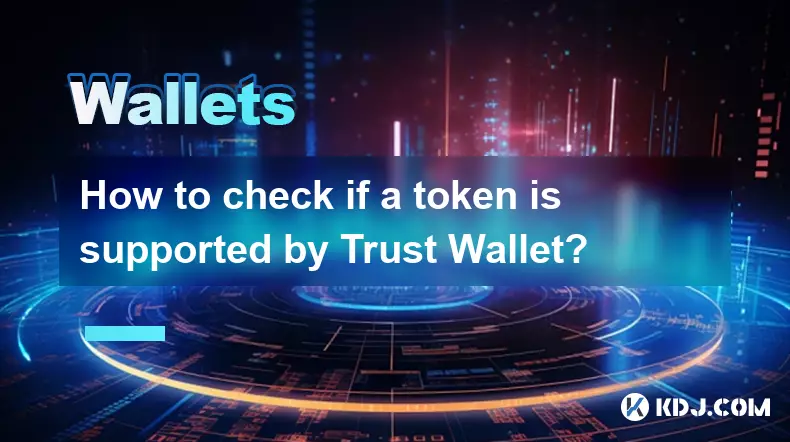
How to check if a token is supported by Trust Wallet?
Oct 04,2025 at 05:18am
Understanding Token Compatibility with Trust Wallet1. Trust Wallet supports a wide range of blockchain networks, including Ethereum, Binance Smart Cha...

How to get the Trust Wallet browser extension?
Oct 01,2025 at 12:37am
How to Access the Trust Wallet Browser Extension1. Visit the official Trust Wallet website through a secure internet connection. Navigate to the downl...

How to interact with a DApp using Trust Wallet?
Oct 02,2025 at 10:00pm
Connecting Trust Wallet to a DApp1. Open the Trust Wallet app on your mobile device and ensure your wallet is unlocked with access to your assets. Nav...
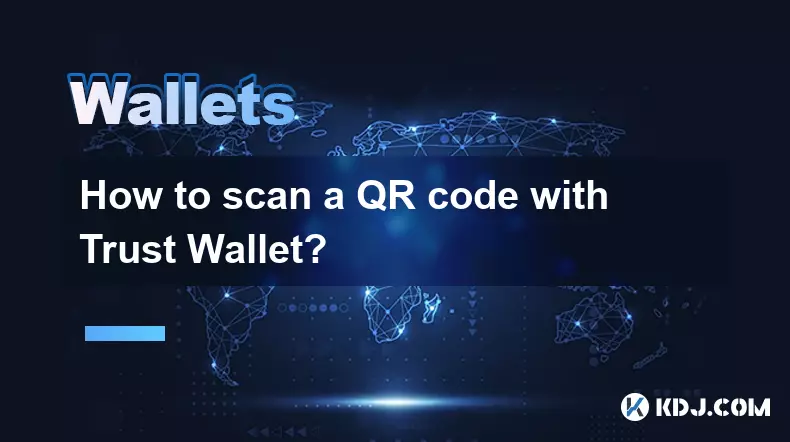
How to scan a QR code with Trust Wallet?
Oct 02,2025 at 03:37pm
Understanding QR Codes in Trust Wallet1. QR codes are widely used in cryptocurrency applications to simplify transaction processes. Trust Wallet lever...

How to find my BEP20 address on Trust Wallet?
Oct 04,2025 at 06:19pm
Understanding BEP20 and Trust Wallet Compatibility1. Trust Wallet is a widely used cryptocurrency wallet that supports multiple blockchain networks, i...

How to sync my Trust Wallet with the browser extension?
Oct 03,2025 at 06:19pm
Understanding Trust Wallet and Browser Extension IntegrationTrust Wallet is a popular non-custodial cryptocurrency wallet that supports a wide range o...

How to check if a token is supported by Trust Wallet?
Oct 04,2025 at 05:18am
Understanding Token Compatibility with Trust Wallet1. Trust Wallet supports a wide range of blockchain networks, including Ethereum, Binance Smart Cha...

How to get the Trust Wallet browser extension?
Oct 01,2025 at 12:37am
How to Access the Trust Wallet Browser Extension1. Visit the official Trust Wallet website through a secure internet connection. Navigate to the downl...

How to interact with a DApp using Trust Wallet?
Oct 02,2025 at 10:00pm
Connecting Trust Wallet to a DApp1. Open the Trust Wallet app on your mobile device and ensure your wallet is unlocked with access to your assets. Nav...

How to scan a QR code with Trust Wallet?
Oct 02,2025 at 03:37pm
Understanding QR Codes in Trust Wallet1. QR codes are widely used in cryptocurrency applications to simplify transaction processes. Trust Wallet lever...
See all articles










































































